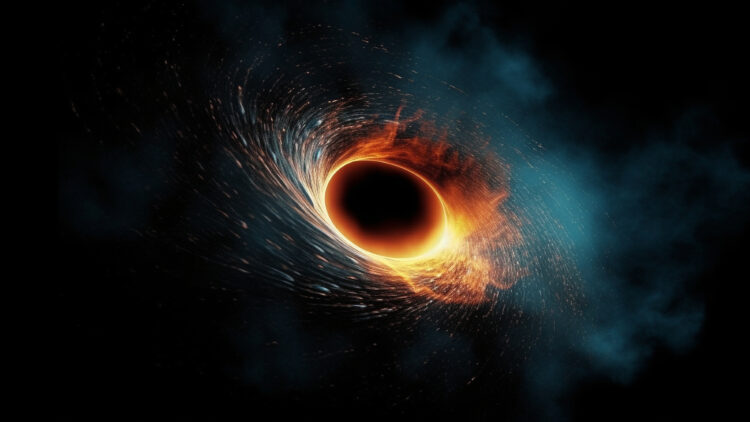Astronomers have recently made an incredible discovery using the James Webb Space Telescope (JWST). They identified the oldest known black hole, located 13 billion light-years away, and dating back 400 million years after the Big Bang. The revelation about this black sphere raises intriguing questions about the formation and growth of black holes in the early universe, thus challenging existing theories related to cosmic evolution.
How the oldest black hole in the universe was discovered in the GN-z11 galaxy
The newly discovered black hole resides in the galaxy GN-z11, which was initially recognized as the oldest galaxy in existence. At a relatively young age of 400 million years old, GN-z11 is 25 times smaller than the Milky Way, yet it produces stars at a rate that’s 20 times faster.
The extraordinary brightness of this galaxy hinted at the presence of a powerful black hole, as its luminosity is largely attributed to hot gas swirling around the black hole in lieu of stars.
Roberto Maiolino, the lead author of the study and a professor at the Kavli Institute of Cosmology in Cambridge, England, noted that the black hole’s size is quite astonishing: measuring approximately 1.6 million times the mass of the Sun, it is surprising that such a massive black hole could form so quickly in the universe’s “baby years.”
As such, this discovery challenges the basic understanding that black holes grow gradually over billions of years.
What is the accretion process?
Black holes increase their mass through a process called accretion, whereby they pull in surrounding gas and dust. Generally, a black hole would reach its current mass over a billion years. However, the sheer scale of growth observed in GN-z11 suggests a remarkably high feeding rate, consuming the equivalent of a Sun every five years.
This swift growth rate—referred to as super-Eddington accretion—hints that the black hole is surpassing the limits of how fast it should be able to consume material, potentially blowing away its glowing accretion disk and affecting star formation within the galaxy.
Astrophysicists propose two major theories regarding the formation of such enormous black holes in the universe. One theory suggests that they may have originated from the direct collapse of primordial gas clouds; another theory posits that they started small but underwent rapid growth due to the abundance of gas available in their environment.
What this black hole means for astronomy
The discovery of this black hole carries significant implications for our understanding of black hole formation and evolution.
For years, the existence of hypermassive black holes in the early universe has puzzled astronomers. This new finding deepens the mystery, as it indicates that either the black hole formed under different conditions than previously thought or that our models of cosmic evolution require reassessment.
As researchers continue to utilize the JWST to investigate the universe’s early epochs, they aim to find and study more ancient black holes. Each new discovery will contribute to our understanding of how these mysterious cosmic objects came into being and evolved, shedding light on whether they originated as gigantic entities or grew over time from smaller seeds.
The black hole found in GN-z11 serves as a example of the universe’s complex nature during its infancy. It defies established theories about black hole formation and growth. Instead, its unexpected mass and rapid accretion signify that it formed under unique conditions shortly after the Big Bang occurred, leaving astronomers with more questions than answers regarding the origins of these cosmic giants. As we delve deeper into the universe’s past, the mission to understand these black holes becomes ever more intriguing.

